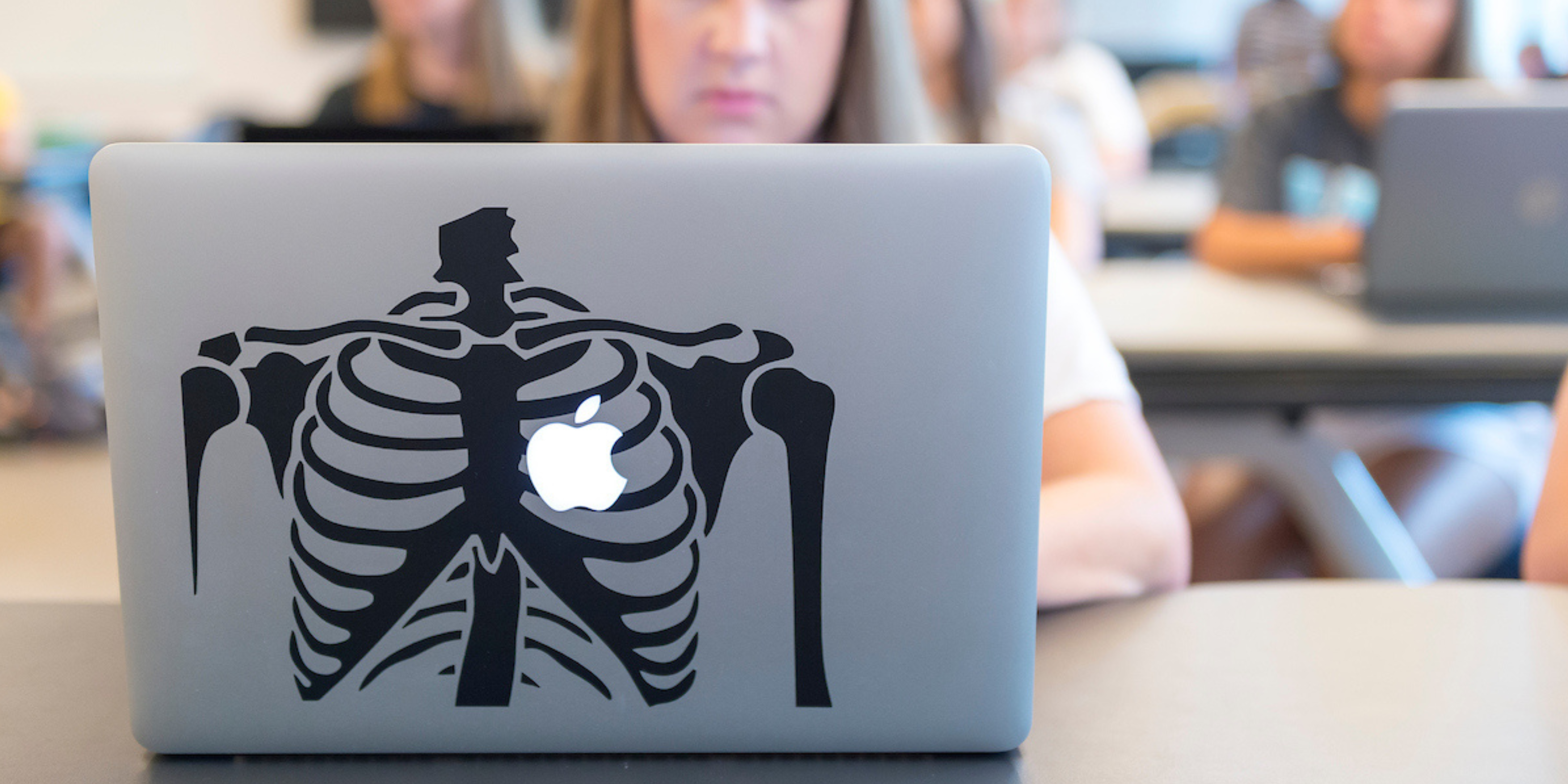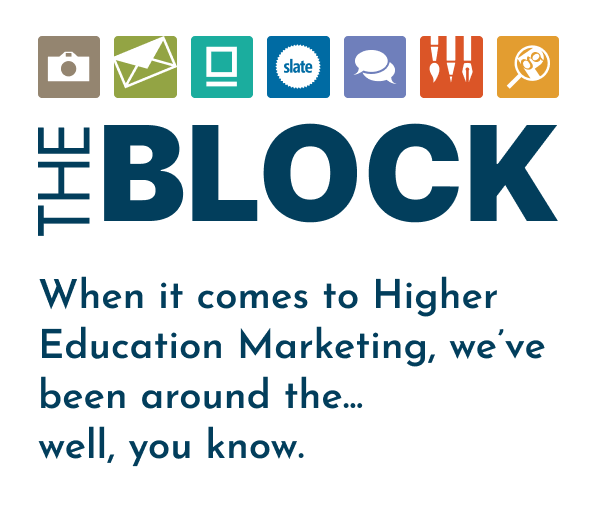
An article from the Wall Street Journal caught our attention recently.
Written by Megan Graham, the article “Digital Advertising Companies Look to Reduce the Industry’s Carbon Footprint” focuses on the environmental impact of digital advertising.
“Online advertising makes up at least 1% of global energy consumption,” it reads.
This got us thinking about our methods of sustainability here at The Parish Group.
Our Green Practices
Having been in the business for over 30 years, we were founded in the days before the internet. The days where advertising was executed via paper. Lots and lots of paper.
Higher ed primarily relied on paper for its prospective outreach— thousands upon thousands of sheets were printed for deliverables such as postcards, viewbooks, and magazines.
Luckily, the rise of the internet helped the industry cut back on our paper dependence. Not only have we reduced our paper printing overall, but The Parish Group made the commitment a decade ago to use recycled paper and non-petroleum based inks for our printed products.
Digital Advertising’s Impact
At first, it’s strange to think of digital advertising having a significant impact on the environment.
Sure, cryptocurrency has been in hot water recently for the hefty amounts of power it consumes to function.
A 2022 study found crypto uses the same amount of energy per transaction as it takes the average household to use in 74 days.
With our increased dependence on the internet for both work and leisure, advertisers shifted their focus (and pocketbooks) to spending advertising funds online.
In 2020, the year of the indoors, marketers allocated a whooping $378 billion for online advertising alone.
It’s seemingly harmless at first, but take into account the sheer amount of power and energy required to run these digital ads (and think of how many online ads you see in a day— have you lost count yet?).
While The Parish Group isn’t the kind of marketer who randomly runs column ads on Facebook or pop-up ads on major websites, but we do utilize the digital world to strategically introduce potential students and families to an institution’s brand and for augmentation for our new student search programs.
Our multichannel strategy for developing a relationship with interested students utilizes segmented email and qualified digital display ads, social media and SEO, and personalized print.
Thankfully, these communications don’t eat up as much energy as a typical mass-market digital ad, and certainly not as much as crypto.
However, we are always on the lookout for more environmentally-friendly practices. While it’s still unclear how we can heavily reduce a digital footprint, we will continue to keep our ears on the ground.
Moving Forward Responsibly
We plan to continue conducting business as responsibly as possible without sacrificing quality of service and product.
The way of innovation requires us to look back, learn, and move forward with knowledge.
It’s what we’re all about and what we’ve done for 35 years.



